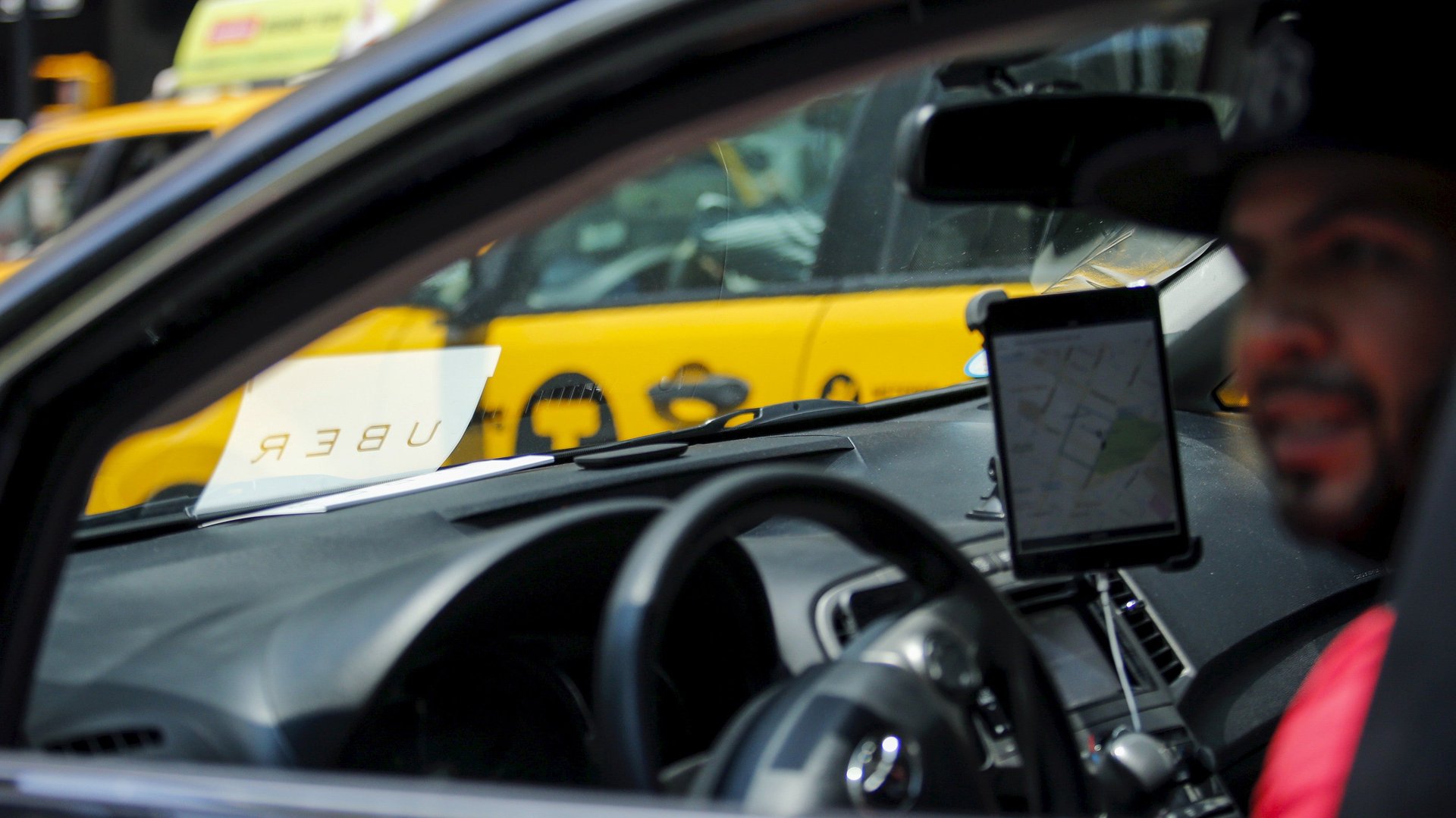How to avoid surge pricing on Uber
Three computer scientists studying Uber’s “surge pricing” have devised a simple recommendation for thwarting the algorithm: Walk.


Three computer scientists studying Uber’s “surge pricing” have devised a simple recommendation for thwarting the algorithm: Walk.
The car-service app increases prices when demand for the service is higher than normal, ostensibly to attract more drivers to the area. In their study (pdf), the researchers at Northeastern University wrote a computer script that, in effect, created 43 virtual Uber users, each repeatedly requesting rides from various locations in New York City and San Francisco. Based on the prices and locations of cars that Uber offered these virtual passengers, the researchers learned a few interesting things about how surge pricing works.
As ProPublica reported, one of the main findings is that when prices rise, the number of cars in an area doesn’t go up much, even though Uber has long said that’s the point of surge pricing. Instead, demand drops. (Uber disputed this claim, telling ProPublica the company’s own data show that surge pricing does attract more cars.)
The researchers also determined two key dynamics of surge pricing: that prices in the app are updated every five minutes, and that Uber sets pricing according to fixed geographical areas. In downtown Manhattan, these areas are relatively small, so you can usually walk from one area to a neighboring one in just a few minutes.

The researchers therefore suggest a method for beating the surge when you’re requesting an Uber. Look at the surge map, figure out where the nearest adjacent pricing area is, and then change your location in the Uber app to request a car from inside that area. There’s a good chance the price offered will be cheaper. If so, and if it’s close enough to where you actually are, you should be able to request a car and walk to the new pickup point by the time it arrives.
The researchers say this method works much better for Manhattan than for San Francisco, where the pricing areas are a lot larger and there’s less variation in pricing between areas. But when the method did work, their virtual passengers were able to cut the surge multiplier by at least 0.5 (i.e., half of the non-surge price) in more than 50% of cases. So a ride whose base price was $10, and was initially offered with a 2.5x surge multiplier, or $25, would instead cost $20 or less.
Finally, if you can’t find a lower price by walking, just try waiting five minutes. The researchers found that most surges are short-lived, and if you wait the price may have gone down.